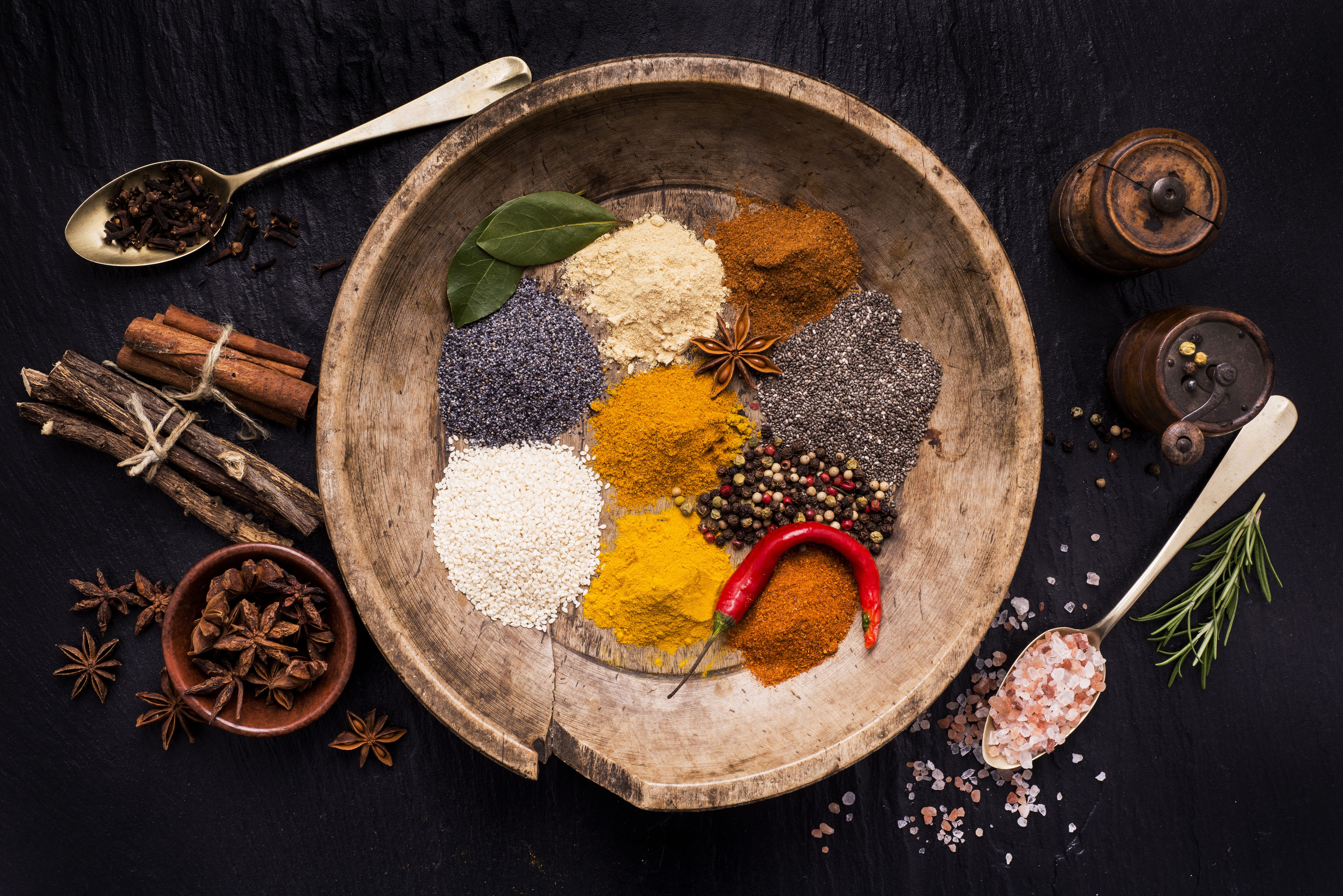Healthy Global Cuisine
Introduction to Global Healthy Cuisine
In our increasingly globalized world, culinary traditions from around the globe are becoming more accessible than ever. This accessibility opens up a treasure trove of flavors and ingredients that are not only delicious but also beneficial for our health. Exploring healthy global cuisine allows us to enjoy a diverse palate while nourishing our bodies.
Each culture offers unique approaches to healthy eating, often rooted in centuries-old traditions. By understanding these practices, we can incorporate a variety of nutrient-rich foods into our diets, improving our overall well-being.

Mediterranean Diet: A Heart-Healthy Choice
The Mediterranean diet is celebrated for its heart-healthy benefits. This diet emphasizes whole grains, fruits, vegetables, lean proteins, and healthy fats, particularly olive oil. Numerous studies have shown that adhering to a Mediterranean diet can reduce the risk of heart disease and improve longevity.
Key components of this diet include fresh vegetables like tomatoes and leafy greens, legumes such as chickpeas, and fatty fish like salmon and sardines. These ingredients are rich in antioxidants and omega-3 fatty acids, essential for maintaining good health.
Asian Cuisine: Balance and Harmony
Asian cuisines, including Japanese, Thai, and Chinese, are known for their use of fresh ingredients and balanced flavors. These cuisines often prioritize vegetables, seafood, and soy products, providing a wealth of nutrients without excessive calories.
Soy-based products like tofu and tempeh are excellent sources of protein and contain isoflavones that have numerous health benefits. Additionally, Asian dishes often incorporate spices such as ginger and turmeric, known for their anti-inflammatory properties.

Latin American Flavors: A Nutrient Powerhouse
Latin American cuisine offers vibrant flavors and an abundance of nutrients. Ingredients like quinoa, black beans, and sweet potatoes are staples in many dishes and provide essential vitamins and minerals.
Quinoa, often referred to as a superfood, is high in protein and fiber, making it a great addition to any meal. Black beans are another nutrient-dense option, offering protein and iron while being low in fat.
Incorporating Global Ingredients into Your Diet
Integrating global ingredients into your meals can be a fun and rewarding experience. Start by experimenting with different spices and herbs to enhance your dishes' flavor profiles. Adding a variety of vegetables and grains from different cuisines can also diversify your nutrient intake.
- Try cooking with olive oil instead of butter for a healthier fat option.
- Incorporate tofu or tempeh into stir-fries for a plant-based protein source.
- Experiment with quinoa as a substitute for rice or pasta.

Conclusion: Embrace Diversity in Your Diet
Exploring healthy global cuisine is an excellent way to enrich your diet while enjoying new and exciting flavors. By embracing diverse culinary traditions, you can create meals that are not only delicious but also beneficial for your health.
Remember that the key to a healthy diet is balance and variety. By incorporating a wide range of ingredients from around the world, you can ensure that your body receives the nutrients it needs to thrive. So why not embark on a culinary adventure today?
Commercial Kitchen http://avice.org
